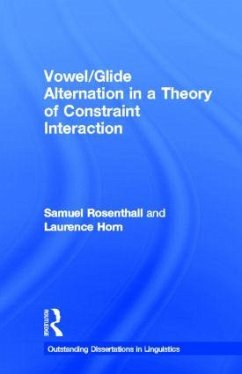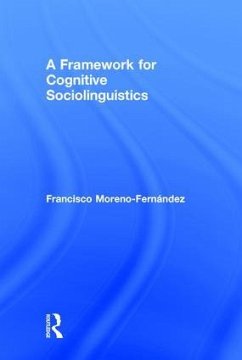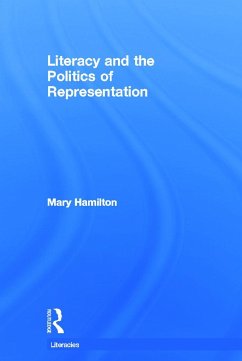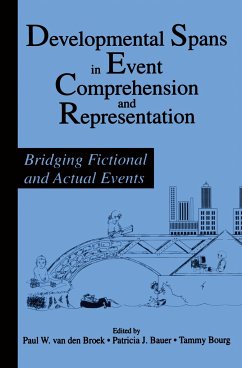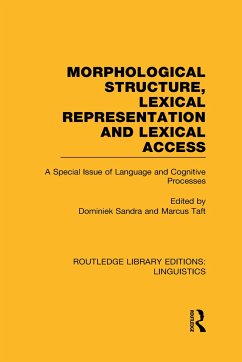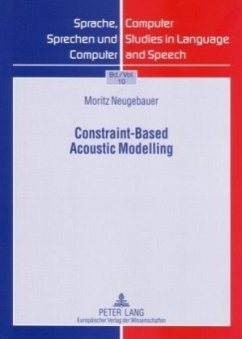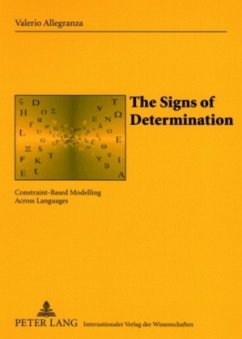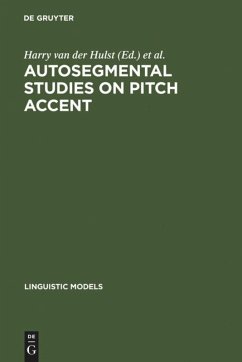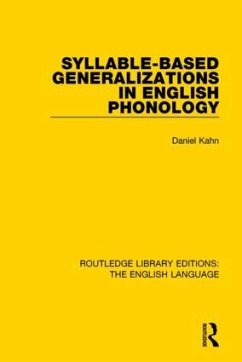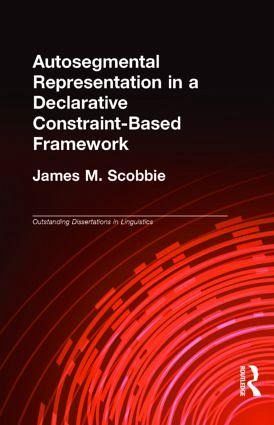
Autosegmental Representation in a Declarative Constraint-Based Framework
Versandkostenfrei!
Versandfertig in 1-2 Wochen
112,99 €
inkl. MwSt.
Weitere Ausgaben:

PAYBACK Punkte
56 °P sammeln!
The book examines the formal characterization of multiple association from the perspective of a declarative constraint-based phonological framework. Both the autosegmental and constraint-based aspects of the book are highly relevant to recent developments in phonological theory, predating the current interest in constraint interaction and optimization. Inspired by the empirical and formal success of Unification-Based grammars, all phonological rules and representations are interpreted as hard constraints on well-formedness. In general then, constraints are simply conjoined, and faithfulness to...
The book examines the formal characterization of multiple association from the perspective of a declarative constraint-based phonological framework. Both the autosegmental and constraint-based aspects of the book are highly relevant to recent developments in phonological theory, predating the current interest in constraint interaction and optimization. Inspired by the empirical and formal success of Unification-Based grammars, all phonological rules and representations are interpreted as hard constraints on well-formedness. In general then, constraints are simply conjoined, and faithfulness to the lexical entry is obligatory. Alternations arise from underspecification. The multiple sequenced tiers of Autosegmental Phonology are shown to be redundant, and linear order is limited to the root tier. Association is then defined as the inverse of dominance within the feature geometry, so multiple association is co-dominance of a feature by two roots. The No Crossing Constraint is not applicable since non-root features are not on sequenced tiers, and the Sharing Constraint is introduced instead as the key means of forcing locality on co-dominance: it bans co-dominance by non-adjacent roots. Thus, because features and association lines are indestructible, the key Autosegmental properties of Integrity and Inalterability are predicted to occur. Long distance dependencies are then considered. From the perspective of structural integrity, discontinuous geminates in planar morphologies are more like fake geminates than true geminates, which is predicted by the Sharing Constraint. Only a tiny amount of nontonal data can be presented in favor of non-local multiple association which feedsphonological rules: Chaha displays non-local inalterability and Javanese, the opposite (side-effects). Thus the balance of evidence is against a single mechanism uniting local and non-local multiple association.





